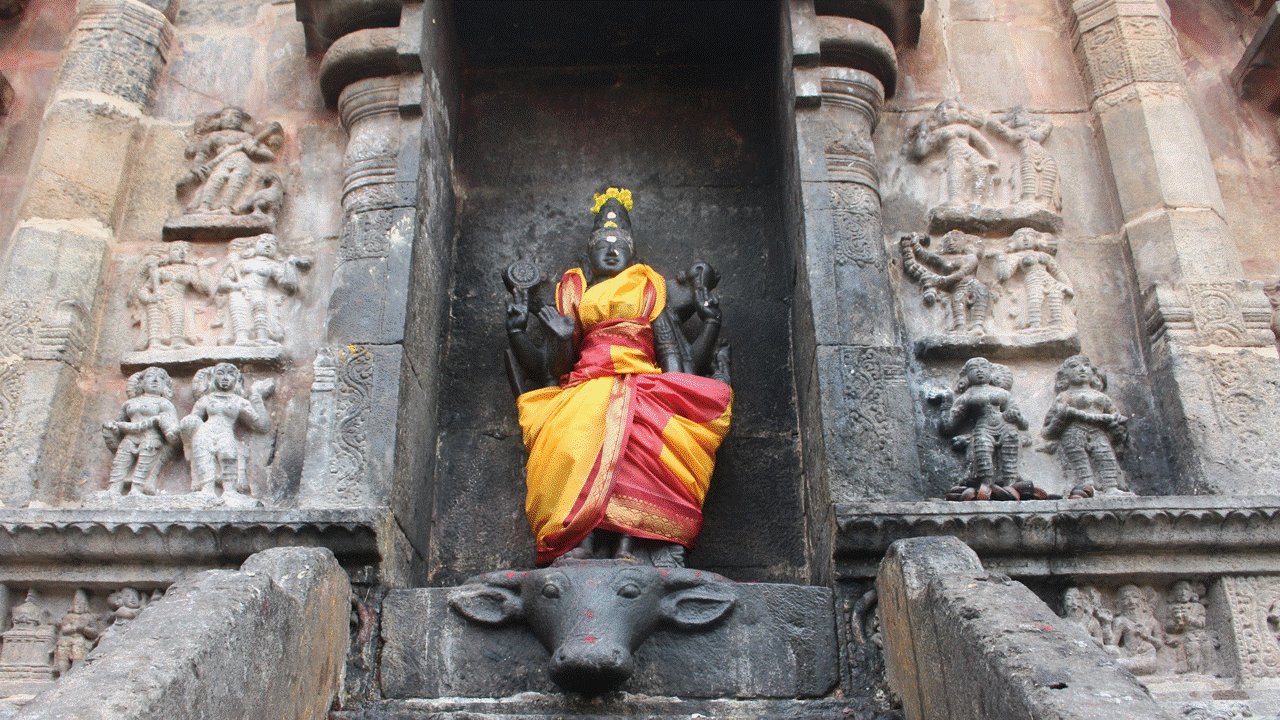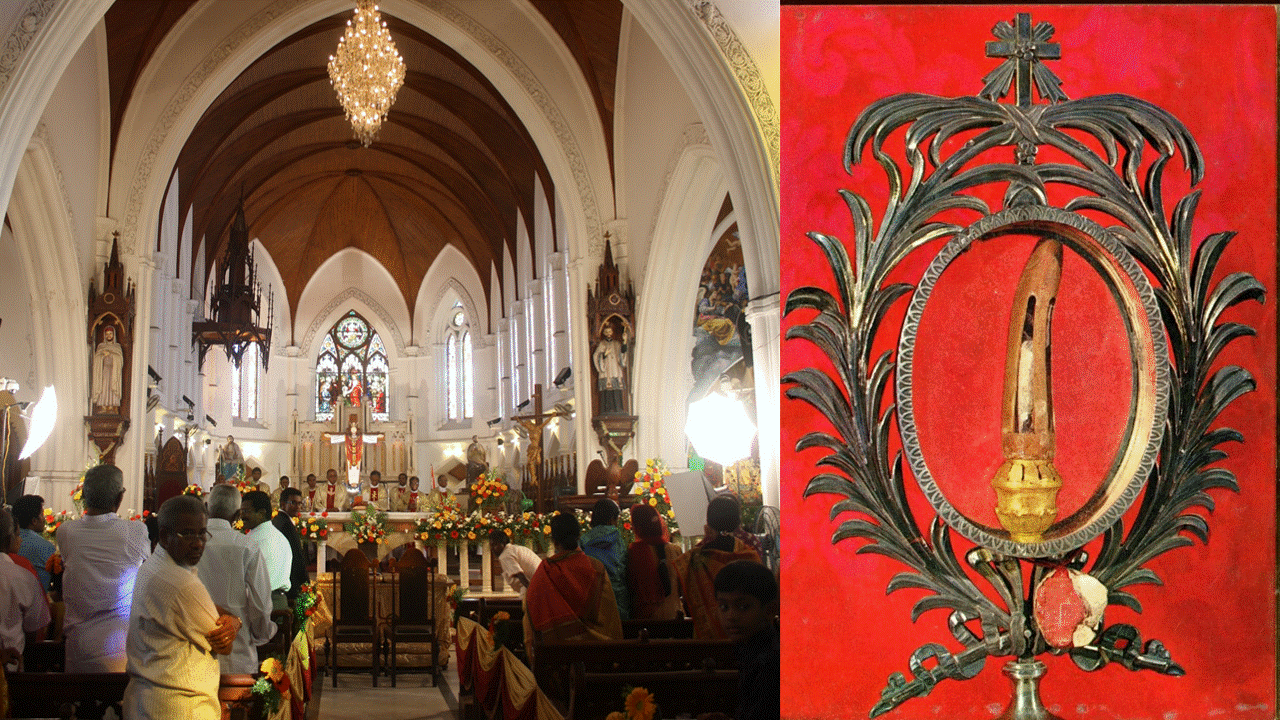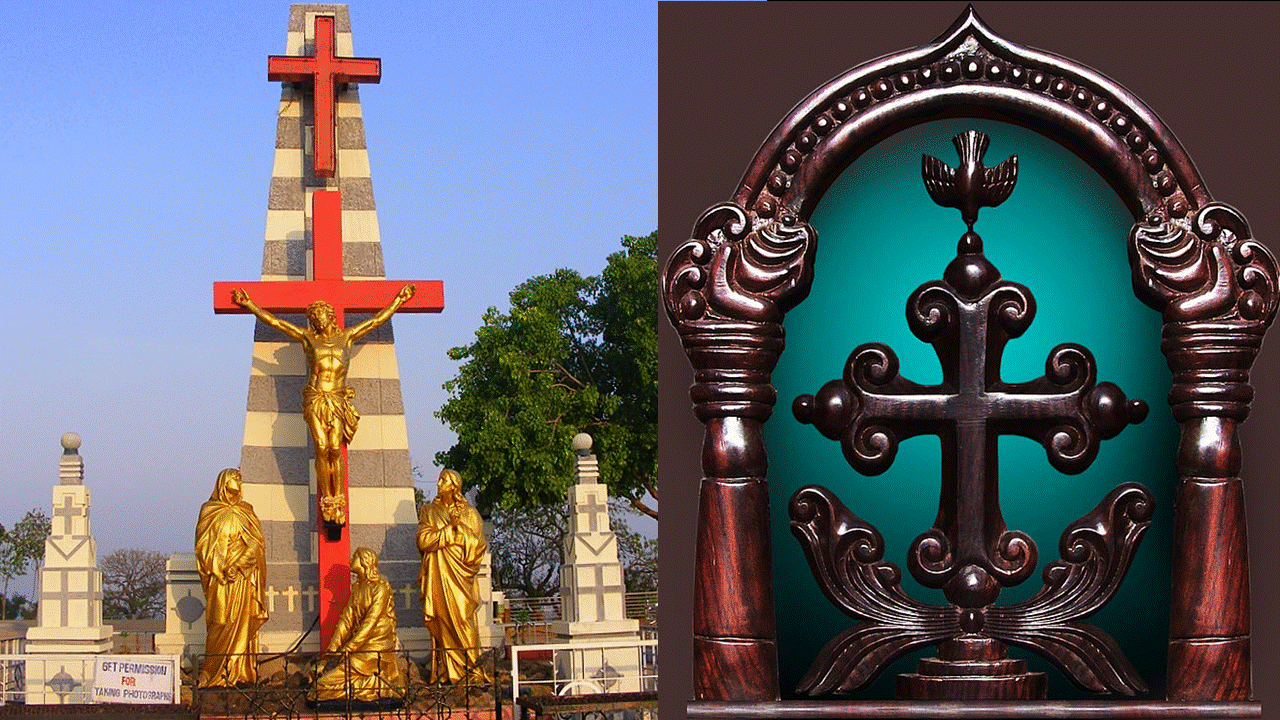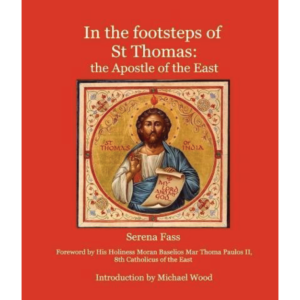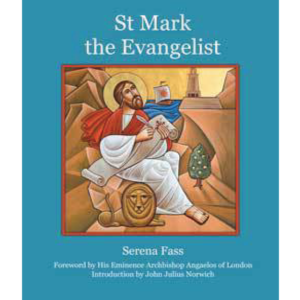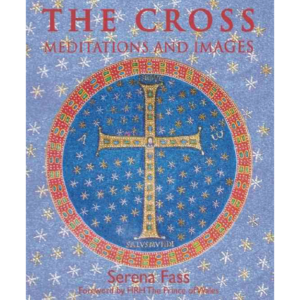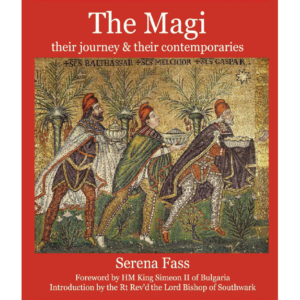St Mark the Evangelist
John Julius’ foreword
We know a good deal more about St Mark after his death than we know of him
during his lifetime; Coptic tradition tells us that he was born at Cyrene in Libya; he is said to have travelled with St Peter to Rome where he wrote his Gospel, and later – probably in the years 49-50 – he founded both the Coptic Church of Egypt and the Greek Orthodox Church of Alexandria, where he became the city’s first bishop. But alas – once again according to the Copts – he aroused such resentment by his preaching that on Easter Day 68 AD a hostile crowd tied a rope around his neck and dragged him through the streets until he was dead.
Personally, I prefer the Venetian legend: that Mark was summoned to Alexandria from Aquileia, where he was bishop; and that as he sailed past the Venetian lagoon he heard an angelic voice saying “Peace unto you, Mark my Evangelist, here shall your body rest” – after which he sailed to Alexandria where he lived out his life in peace; but, whether martyred or not, he was certainly given a splendid tomb in Alexandria in which his body remained until the year 828, when – and this is history – it was stolen by two Venetian merchants, Tribuno and Rustico. “Stolen” is perhaps too strong a word: Egypt was by this time under Muslim domination, and the tomb’s guardians may well have been only too happy to see so precious a relic removed to a Christian land. Be that as it may, the body was put in a large basket, covered in pork to discourage the local customs officials, and shipped back to Venice. The whole story, further embellished by much imaginative detail, is illustrated, not once but twice, in the mosaics which cover the building designed to receive it – the Basilica of St Mark.
And Venice needed St Mark. She was a relatively new city, founded only in the fifth century as a place of refuge for all those seeking to escape the barbarians who were ravaging northern Italy; and she was still looked down on by the princes of Europe as a parvenu, nouveau-riche sort of place whose aristocracy, if you could call it that, was composed merely of merchants and traders. What she craved was prestige; and nothing conferred prestige like a really good relic. To have not just a bone but a whole body, and the body of an evangelist at that, meant instant respect, to say nothing of a hugely profitable pilgrim trade; and thus it is that, wherever you go in Venice today, you see St Mark’s emblem, the winged lion, usually holding in his paw an open book inscribed with the first words of the angelic message.
Serena has done her homework superbly. She knows both Venice and Jerusalem like the back of her hand. This lovely book is her own personal tribute; and I wish it all the success that it so richly deserves.
John Julius Norwich
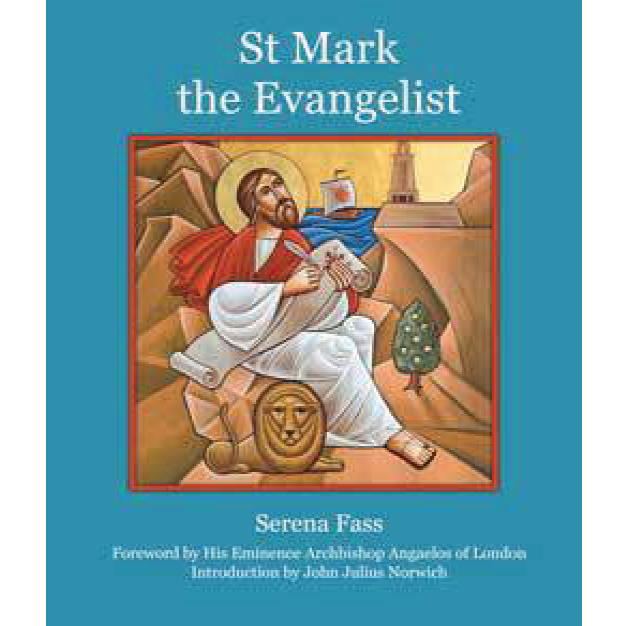
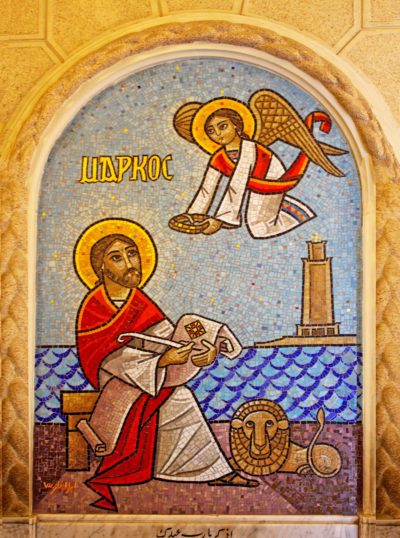
Review of St Mark by the Catholic Herald
Serena Fass is a remarkable figure in the field of Christian studies. Despite being 80 years of age, this unstuffy non-academic keeps on producing. In the past few years she has written books on St Thomas, the Magi and the Cross. Her latest is St Mark the Evangelist, and we can expect the Flight into Egypt very soon.
All the books have elements in common. As a long-time travel specialist, the author gives geographical context to names that appear in the Bible and countless written sources on matters relating to the Middle East. She is an expert on that troubled part of the world. She is even more of a specialist in Venice, which is handy as St Mark straddled these two worlds. Not that this happened in his lifetime. Rome, Alexandria and the Holy Land were his regular haunts. It was only eight centuries after his death that he became inseparable from Venice. Relic robbers were responsible for the change of location for his earthly remains, most of which now reside in St Mark’s Basilica. The Venetians are unlikely ever to give these up to Alexandria, the resting place of his head.
St Mark’s lifetime is at least as fascinating as the fate of his corpse. Fass gives the full story, from his roots in Libya to his predictably grim martyrdom in Egypt. It is generally assumed that his Gospels were the earliest of the four Evangelists’ works. They are certainly very concerned with St Peter. This is a detail that might excite Catholics more than most, but Fass’s commitment to Christian ecumenism precludes too close an analysis of how Rome came to dominate the Christian world. Instead, she is refreshingly absorbed in the ‘Churches of the East’. These receive little attention elsewhere, unless there has been some terrorist outrage committed against them. The Coptic Orthodox Church gets the most coverage, not surprisingly as St Mark is considered to be its first patriarch. It’s a relief to find that in 1968 Pope Paul VI (of Rome) repatriated a relic of St Mark to Pope Cyril VI (of Alexandria).
For any readers who want to understand the connection between the early Christian churches, this is the resource to visit. There is a profusion of photos to go with the information. A lifetime of travel has produced some highly visual dividends. It would be even better if the layout of the book allowed us to appreciate these images fully. All her books are not only written and mainly photographed by Serena Fass, they are also edited, designed and distributed by her. It’s an extraordinary achievement, with occasional typos superseded by an irrepressible passion and sense of engagement with the subject.
Most of the writing is, in fact, other people’s. There are numerous quotations taken from the Bible and authorities from all eras. These are livelier than might be expected. The 10th century Bishop Severus records what St Mark was up against when the Holy Spirit sent him to Alexandria: “And they had many temples to their contemptible gods, whom they ministered to in every place, and served with every iniquity and magical act.”
Fass keeps up a commentary that connects relevant quotes and then adds photos to clarify further. It’s more appropriate for dipping into than reading from cover to cover. The author’s commitment to Christianity doesn’t overwhelm her fact-finding capabilities. She lets us know when a story is a Venetian fabrication
rather than an eternal verity. There is a questing historian eager to get out; in the meantime the reader is presented with numerous written sources that build into a coherent story. A contemporary touch is added by the commentaries of leading living figures, usually from the Orthodox churches. The star of this selection is Archbishop Angaelos, of the Coptic Orthodox diocese of London, who gives a fascinating perspective on early traditions that are very real to those in this pioneering branch of Christianity.
St Mark’s achievements are something that should fascinate all Christians. As a first-hand recorder of pronouncements by St Peter, he breahes the original message of Jesus. It seems almost improbable that all of this was happening in Rome so soon after Christ’s death, but it is real history. The execution of the first Pope was a real event. The evangelist escaped the fate of his mentor while many other Christians did not. Feeding to the lions actually happened, and Nero seems to have been truly as deranged as his reputation suggests.
Hagiography with Serena Fass is about places as well as people. By understanding the locations better, we join the author on her never-ending travels, many of which were in conjunction with John Julius Norwich. The recently deceased historian and television celebrity also emphasised the importance of location. As he said in the book’s Introduction just before his death: “Serena knows both Venice and Jerusalem like the back of her hand.” With the current instability in the Middle East, Fass’s lavishly illustrated books are as close as the less intrepid of us will get to following the proselytising path of the ever-mobile St Mark the Evangelist.
St Mark the EvangelistBy Serena Fass Filament Publishing 2019
315 pages Distributed through Aid to the Church in Need UK
CONTACT US

